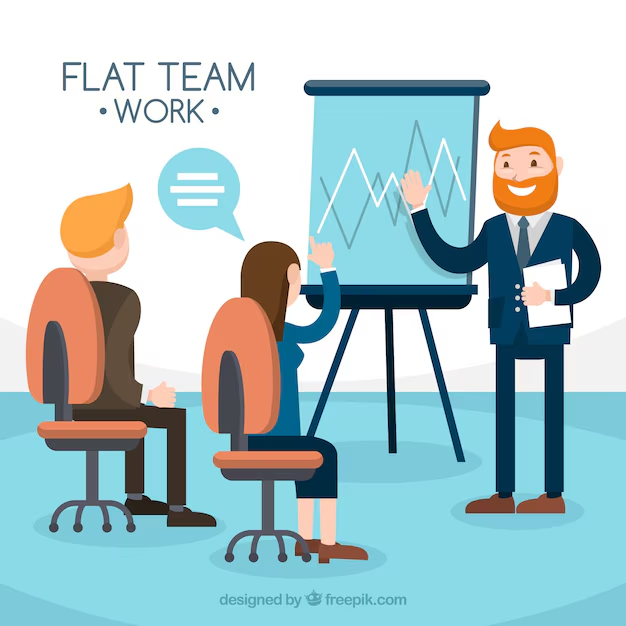The Role of Innovation in Enhancing Operational Processes in Small and Medium Enterprises
Introduction
Innovation is a critical driver of growth and efficiency in the business world. For small and medium enterprises (SMEs), innovation can significantly improve operational processes, making them more competitive in their respective markets. This article explores how innovation can enhance operational processes in SMEs, offering practical insights and strategies for business owners and managers.
- Streamlining Workflow and Processes
One of the primary ways innovation enhances operational processes is by streamlining workflows. By adopting new technologies and methodologies, SMEs can automate repetitive tasks, reduce manual errors, and speed up operations. For example, implementing project management software can help track progress, manage resources more efficiently, and ensure timely completion of tasks.
- Enhancing Communication and Collaboration
Innovative communication tools can transform how teams within SMEs interact. Platforms like Slack, Microsoft Teams, and Zoom enable seamless communication, whether employees are working in the office or remotely. These tools foster better collaboration, ensuring that all team members are on the same page, which ultimately leads to more efficient and effective operations.
- Improving Customer Service
Customer service is a vital aspect of any business. SMEs can leverage innovation to enhance their customer service operations. Chatbots, for instance, can handle customer inquiries 24/7, providing instant responses and freeing up human agents to tackle more complex issues. Additionally, CRM (Customer Relationship Management) systems can help track customer interactions, preferences, and feedback, allowing for more personalized and efficient service.
- Reducing Costs
Innovation can also lead to significant cost savings for SMEs. By adopting energy-efficient technologies, businesses can reduce utility costs. Similarly, cloud computing can eliminate the need for expensive on-site servers and IT infrastructure, offering scalable and cost-effective solutions. These savings can then be reinvested into other areas of the business, fueling further growth and innovation.
- Enhancing Product and Service Offerings
Innovative thinking can lead to the development of new products and services or the improvement of existing ones. SMEs that continuously innovate are better positioned to meet changing customer needs and preferences. This not only helps in retaining existing customers but also in attracting new ones, thus driving business growth.
- Facilitating Data-Driven Decision Making
Data is a powerful asset for any business. Through the use of innovative data analytics tools, SMEs can gather, analyze, and interpret data to make informed decisions. These insights can identify inefficiencies, predict market trends, and uncover new business opportunities. By leveraging data, SMEs can optimize their operations and stay ahead of the competition.

FAQs about Innovation in SMEs
Why is innovation important for SMEs?
Innovation is crucial for SMEs as it drives growth, improves efficiency, enhances customer satisfaction, and reduces operational costs. It enables SMEs to stay competitive and adapt to market changes.
How can SMEs foster a culture of innovation?
SMEs can foster a culture of innovation by encouraging creativity, providing training and development opportunities, investing in new technologies, and promoting an open and collaborative work environment.
What are some examples of innovative technologies for SMEs?
Examples of innovative technologies for SMEs include project management software, CRM systems, chatbots, cloud computing, data analytics tools, and energy-efficient technologies.
How can SMEs measure the impact of innovation on their operations?
SMEs can measure the impact of innovation through key performance indicators (KPIs) such as productivity levels, cost savings, customer satisfaction scores, and revenue growth. Regularly reviewing these metrics can help assess the effectiveness of innovative initiatives.
What are the challenges SMEs might face when implementing innovation?
Challenges may include limited financial resources, resistance to change, lack of skilled personnel, and insufficient knowledge about new technologies. Overcoming these challenges requires strategic planning, investment in training, and a commitment to continuous improvement.
conclusion
Innovation plays a pivotal role in enhancing the operational processes of SMEs. By embracing innovative solutions and fostering a culture of continuous improvement, SMEs can achieve greater efficiency, reduce costs, and drive sustainable growth.


















